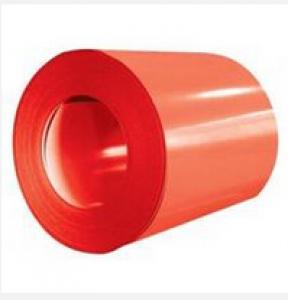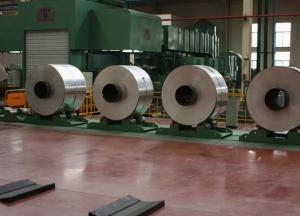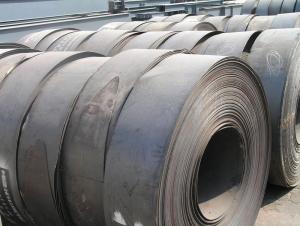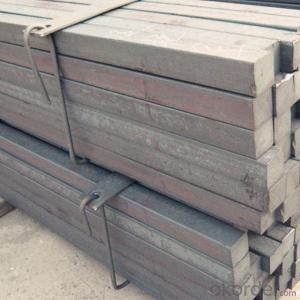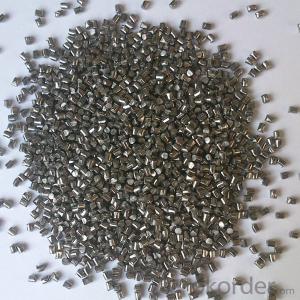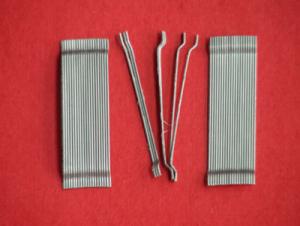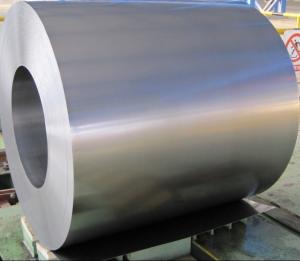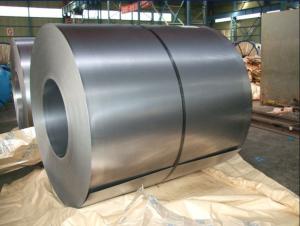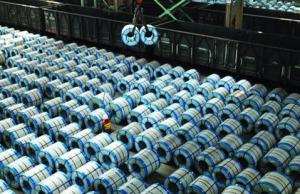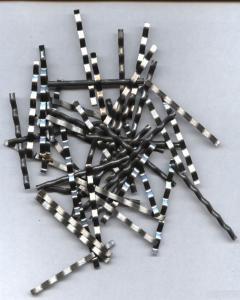Bright Red PPGI Sheet
- Loading Port:
- China Main Port
- Payment Terms:
- TT OR LC
- Min Order Qty:
- -
- Supply Capability:
- -
OKorder Service Pledge
OKorder Financial Service
You Might Also Like
Specification
1. Thickness: 0.3-0.8mm
2. Width: 914-1250mm
3. Inner Diameter: 508mm
4. Weight of Steel Coil: 3-15MT
5. Available Dipped Layer: 50-150g/m2
6. Surface Texture: Normal Coated
7. Type of coating structure: 2/1 Coat the top surface of the steel sheet twice, coat the bottom surface once, and bake the sheet twice.
8. Front Side Paint Thickness: 15-25μm (bottom paint+top paint)
9. Back Side Paint Thickness: 5-10μm
Mechanical Properties
1. Mechanical properties of base metals
Grade | Tensile Test | ||
Yield Strength MPa | Tensile Strength MPa | Elongation A80mm % ≥ | |
SGCC | 140-350 | 270-500 | 22 |
SGCD | 140-300 | 270-420 | 26 |
SGCE | 140-260 | 270-380 | 30 |
2. Common performance of front coating
(1). Thickness: ≥20μm
(2). Pencil Hardness: 2H
(3). 60° specular glossiness of coating: >60
(4). 180°bend: ≤3T
(5). Impact: ≥9J
(6). Salt Fog Resistant: ≥500h
(7). Color difference: <3ΔE
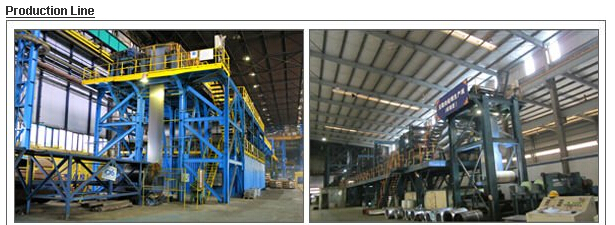
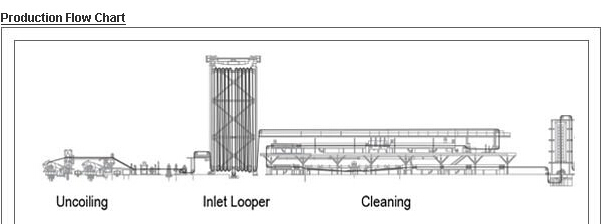
- Q:What are the main properties of steel?
- The main properties of steel include high strength, durability, versatility, and excellent thermal and electrical conductivity. Additionally, steel is known for its corrosion resistance, ease of fabrication, and recyclability.
- Q:How is carbon steel different from stainless steel?
- Carbon steel and stainless steel are both alloys of iron, but they differ in their composition and properties. Carbon steel contains a higher amount of carbon, making it more susceptible to corrosion and rust. On the other hand, stainless steel contains a higher amount of chromium, which forms a passive oxide layer that protects it from corrosion. This makes stainless steel more resistant to rust and staining than carbon steel. Additionally, stainless steel has a higher tensile strength and is more durable, while carbon steel is typically less expensive and more malleable.
- Q:What are the applications of steel mesh in mining operations?
- Steel mesh is commonly used in mining operations for various applications. One of its main uses is for ground support and reinforcement in underground mines. The mesh is installed to prevent rock falls, provide stability to the surrounding rock mass, and ensure the safety of miners. Additionally, steel mesh is used to create safety barriers and partitions, control ventilation and airflow, and separate different areas within the mine. Overall, steel mesh plays a crucial role in enhancing safety and productivity in mining operations.
- Q:What are the different types of steel profiles and their uses?
- There are several types of steel profiles used in construction and manufacturing. Some common ones include I-beams, angles, channels, and flat bars. I-beams are used for structural support and can handle heavy loads. Angles are used for framing, bracing, and support in various applications. Channels provide structural support and are commonly used in construction projects. Flat bars are versatile and used for various purposes, including construction, manufacturing, and fabrication. Overall, each type of steel profile has its specific uses and advantages depending on the requirements of the project.
- Q:What are the applications of steel in the chemical industry?
- Steel has numerous applications in the chemical industry due to its exceptional properties. It is commonly used for constructing chemical storage tanks, pipelines, and equipment due to its high strength, durability, and resistance to corrosion. Steel is also utilized in the production of catalysts, reactors, and heat exchangers, where it can withstand high temperatures and pressure. Additionally, steel is an essential material for constructing industrial buildings, support structures, and platforms that house chemical manufacturing facilities.
- Q:How are steel pipes used in the transportation of natural gas?
- Steel pipes are used in the transportation of natural gas as they provide a reliable and durable means of transporting the gas over long distances. These pipes are designed to withstand high pressure and are resistant to corrosion, making them suitable for the transmission of natural gas. Additionally, steel pipes are able to maintain the integrity of the gas, ensuring minimal leakage and loss during transportation.
- Q:What are the applications of alloy steel in the energy sector?
- Alloy steel finds numerous applications in the energy sector due to its exceptional strength, corrosion resistance, and heat resistance properties. It is commonly used in the construction of power plants, oil and gas pipelines, and offshore platforms. Alloy steel is also utilized in the manufacturing of turbine blades, reactor vessels, and other critical components in nuclear power plants. Its high temperature and pressure resistance make it suitable for steam boilers and pressure vessels. Additionally, alloy steel is used in the production of high-strength bolts and fasteners, ensuring the structural integrity and safety of energy infrastructure.
- Q:How are steel forgings different from castings?
- Steel forgings and castings differ primarily in their manufacturing processes. Steel forgings are formed by applying compressive force to heated metal, shaping it into the desired form. This process enhances the strength and durability of the steel, as the grain structure is refined, resulting in superior mechanical properties. On the other hand, castings are made by pouring molten metal into a mold, allowing it to solidify and take shape. While castings offer more design flexibility and intricate shapes, they generally have lower strength and less precise dimensions compared to forgings. Therefore, the choice between forgings and castings depends on the specific requirements of the application, considering factors such as strength, complexity, and cost.
- Q:How are steel profiles used in the construction of underground tunnels?
- Steel profiles are commonly used in the construction of underground tunnels to provide structural support and stability. These profiles are often used to create the framework or skeleton of the tunnel, ensuring that it can withstand the pressure from the surrounding soil or rock. The steel profiles are designed and installed in a way that allows them to bear the load and distribute it evenly, preventing collapse or deformation of the tunnel. Additionally, steel profiles can be used to reinforce tunnel walls, ceilings, and floors, adding further strength and durability to the structure.
- Q:What are the properties of galvanized steel?
- Galvanized steel is a type of steel that has been coated with a layer of zinc, which provides several properties. It offers enhanced corrosion resistance, as the zinc layer acts as a barrier against rust and other forms of degradation. Additionally, galvanized steel has superior durability and longevity due to its protective zinc coating. This type of steel is also known for its high strength and excellent formability, making it suitable for various applications in construction, automotive, and manufacturing industries. Furthermore, galvanized steel is relatively low-maintenance and requires minimal upkeep.
1. Manufacturer Overview |
|
|---|---|
| Location | |
| Year Established | |
| Annual Output Value | |
| Main Markets | |
| Company Certifications | |
2. Manufacturer Certificates |
|
|---|---|
| a) Certification Name | |
| Range | |
| Reference | |
| Validity Period | |
3. Manufacturer Capability |
|
|---|---|
| a)Trade Capacity | |
| Nearest Port | |
| Export Percentage | |
| No.of Employees in Trade Department | |
| Language Spoken: | |
| b)Factory Information | |
| Factory Size: | |
| No. of Production Lines | |
| Contract Manufacturing | |
| Product Price Range | |
Send your message to us
Bright Red PPGI Sheet
- Loading Port:
- China Main Port
- Payment Terms:
- TT OR LC
- Min Order Qty:
- -
- Supply Capability:
- -
OKorder Service Pledge
OKorder Financial Service
Similar products
New products
Hot products
Related keywords
